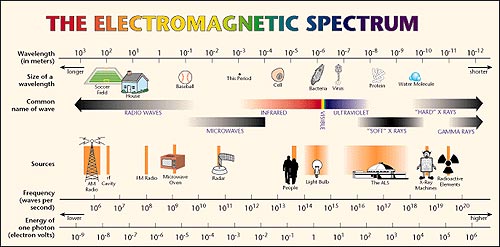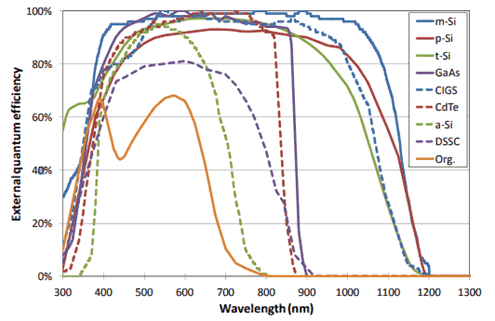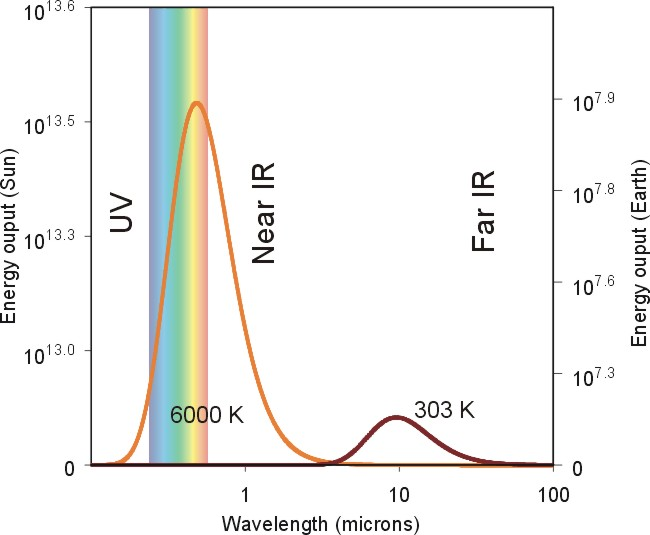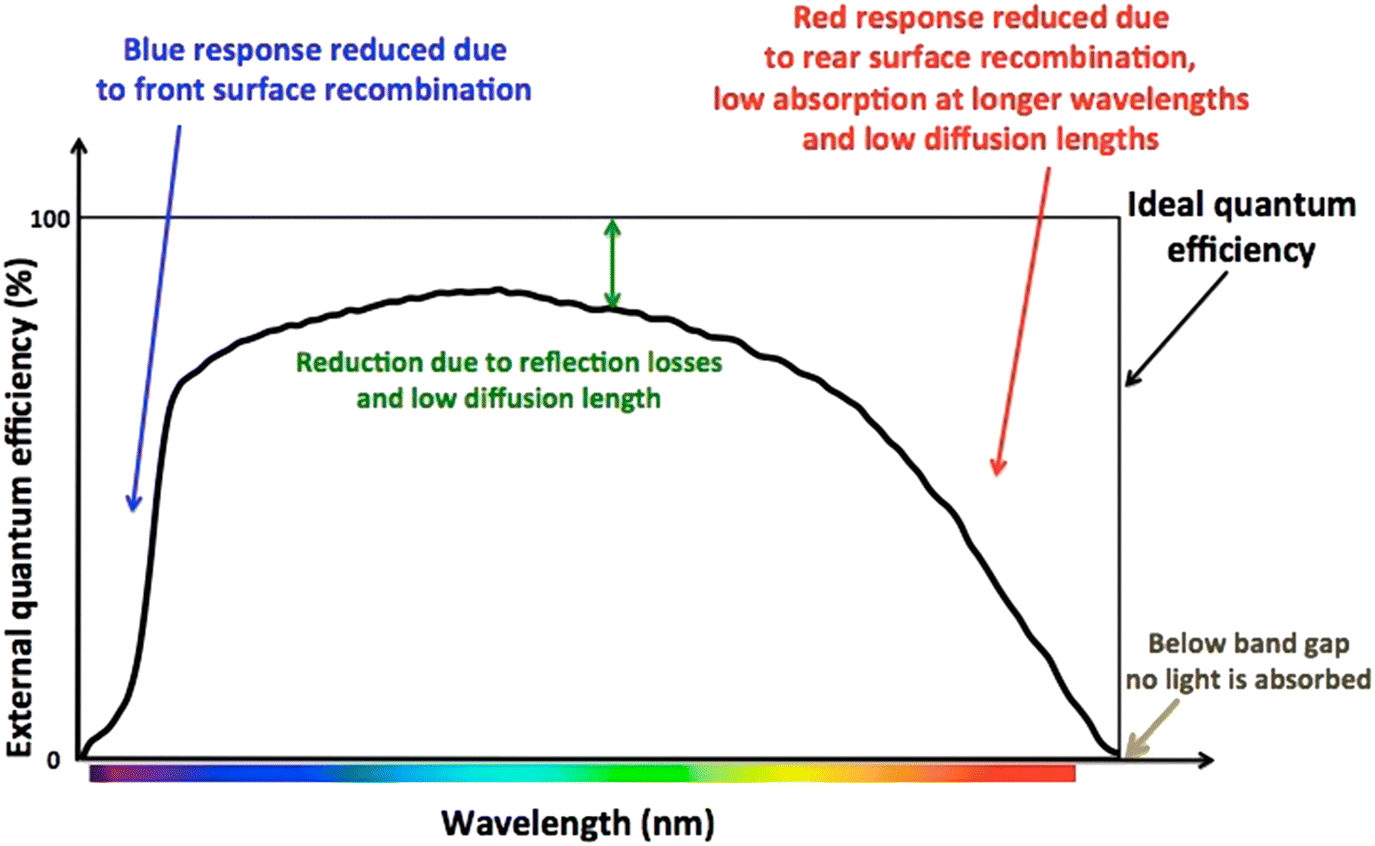This information can be found from the solar panel manufacturers data sheet please see example here.
Voltage changes from different wavelength radiations on a solar panel.
Most of the energy is in the visible part of the spectrum.
The amount of voltage or electricity a panel produces is a little complicated because there is no set amount.
We ll start with the easy ones and go on from there.
Solar radiation incident on the earth s atmosphere is relatively constant the radiation at the earth.
Light causes the charges to move producing an electric current.
Sunlight is a portion of electromagnetic radiation in particular infrared visible and ultraviolet light.
For folks that are new to photovoltaics pv or solar panels unlocking the mysteries behind the jargon and acronyms is one of the most difficult early tasks regarding voltage pv modules have many different voltage figures associated with them.
Silicon solar panels absorb all ultraviolet light visible light and near infrared light incident on them from the sun.
Solar panel voc at stc.
The increased usage of transformerless inverters on u s.
To demonstrate how a solar cell responds differently to different wavelengths of light.
Solar projects has raised the threat level of potential induced degradation pid of solar panels.
This is the open circuit voltage the solar panel will produce at stc or standard test conditions stc conditions are the electrical characteristics of the solar panel at airmass of am1 5 irradiance of 1000w m 2 and cell temperature of 25 o c.
The open circuit voltage voc the maximum power pmax and the fill factor ff.
From our results we determined that the best filter color is between yellow and red so a wavelength of anywhere between 600 nm to 700 nm.
Solar pv output under different wavelength of light.
A solar panel will output different levels of power depending on the color and wavelength of the incoming light.
You will develop this idea by covering the solar cell with color light filters and observing any changes in solar cell amperage output.
What voltage do solar panels produce.
A silicon cell cuts off at 1100 nm which means that it won t absorb.
In short it really depends on the size of the panel the efficiency of each solar cell within the panel and how much sunlight your panel is exposed to.
In this article you ll learn about.
The larger we get the small the voltage would be produced because the wavelengths are getting to large to power the solar cell.
Pid happens when different components in the same system are at different voltage potentials such as the frame and the solar cell which can allow electrical current to leak and modules to.
Materials containing different impurities change the wavelengths at which the cell responds in different ways.










